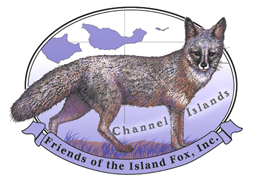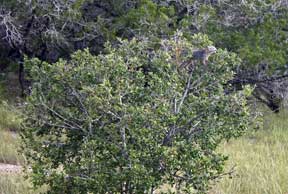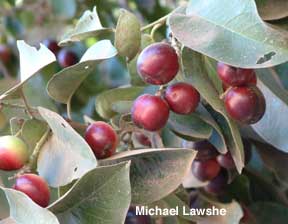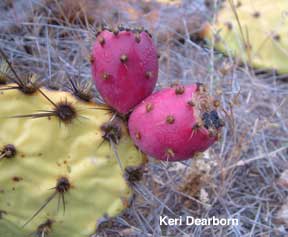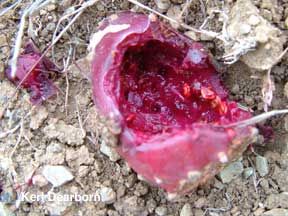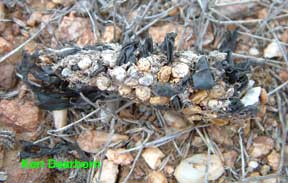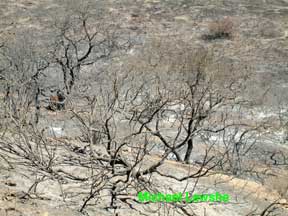Island Fox Origins and the Truth Behind Eagle Diets
Are you looking for information on the origin of island foxes; how they evolved and their biology? Perhaps you’ve heard people question whether golden eagles were actually preying on island foxes. Answer your questions with information from the primary sources.
Friends of the Island Fox is honored to make information available from top researchers and biologists working with the island fox and the Channel Island ecosystem.
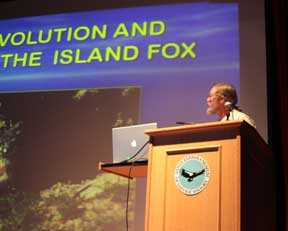
Paul W. Collins, Curator of Vertebrate Zoology at the Santa Barbara Museum of Natural History recently gave two presentations from his accumulated research at an Island Fox Workshop sponsored by the Santa Barbara Museum, Ty Warner Sea Center, Santa Barbara Zoo and Friends of the Island Fox. Both of these presentations are now available through links from the Friends of the Island Fox Educational Research Library.
These two slideshow presentations can be found in the Educational Research Library
Under: “Island Fox Fact Sheets & Current Research”
Under: “Links to Research Sources”
Friends of the Island Fox is endeavoring to create the Internet’s most current library of information regarding island foxes. If you are a researcher or biologist and would like us to link to or host your published work relating to the island fox or the Channel Island ecosystem, please contact the Friends of the Island Fox Webmaster at islandfoxnews@gmail.com
Friends of the Island Fox is honored to make information available from top researchers and biologists working with the island fox and the Channel Island ecosystem.

Paul W. Collins, Curator of Vertebrate Zoology at the Santa Barbara Museum of Natural History recently gave two presentations from his accumulated research at an Island Fox Workshop sponsored by the Santa Barbara Museum, Ty Warner Sea Center, Santa Barbara Zoo and Friends of the Island Fox. Both of these presentations are now available through links from the Friends of the Island Fox Educational Research Library.
- Origin, Evolution and Biology of the Island Fox - looks at genetic, morphological, and archeological data regarding island fox origins and the basics of island fox biology, size, behavior, reproduction and diet
- Diet of Bald and Golden Eagles on the Channel Islands - looks at the role eagles played in the decline of island foxes on the Northern Channel Islands and compares the diet of bald and golden eagles on the islands by examining prey remains in nests.
These two slideshow presentations can be found in the Educational Research Library
Under: “Island Fox Fact Sheets & Current Research”
Under: “Links to Research Sources”
Friends of the Island Fox is endeavoring to create the Internet’s most current library of information regarding island foxes. If you are a researcher or biologist and would like us to link to or host your published work relating to the island fox or the Channel Island ecosystem, please contact the Friends of the Island Fox Webmaster at islandfoxnews@gmail.com
Labels: golden eagle predation, island fox and bald eagle, island fox and golden eagle, island fox diet, island fox origins, Paul Collins, what does an island fox eat
